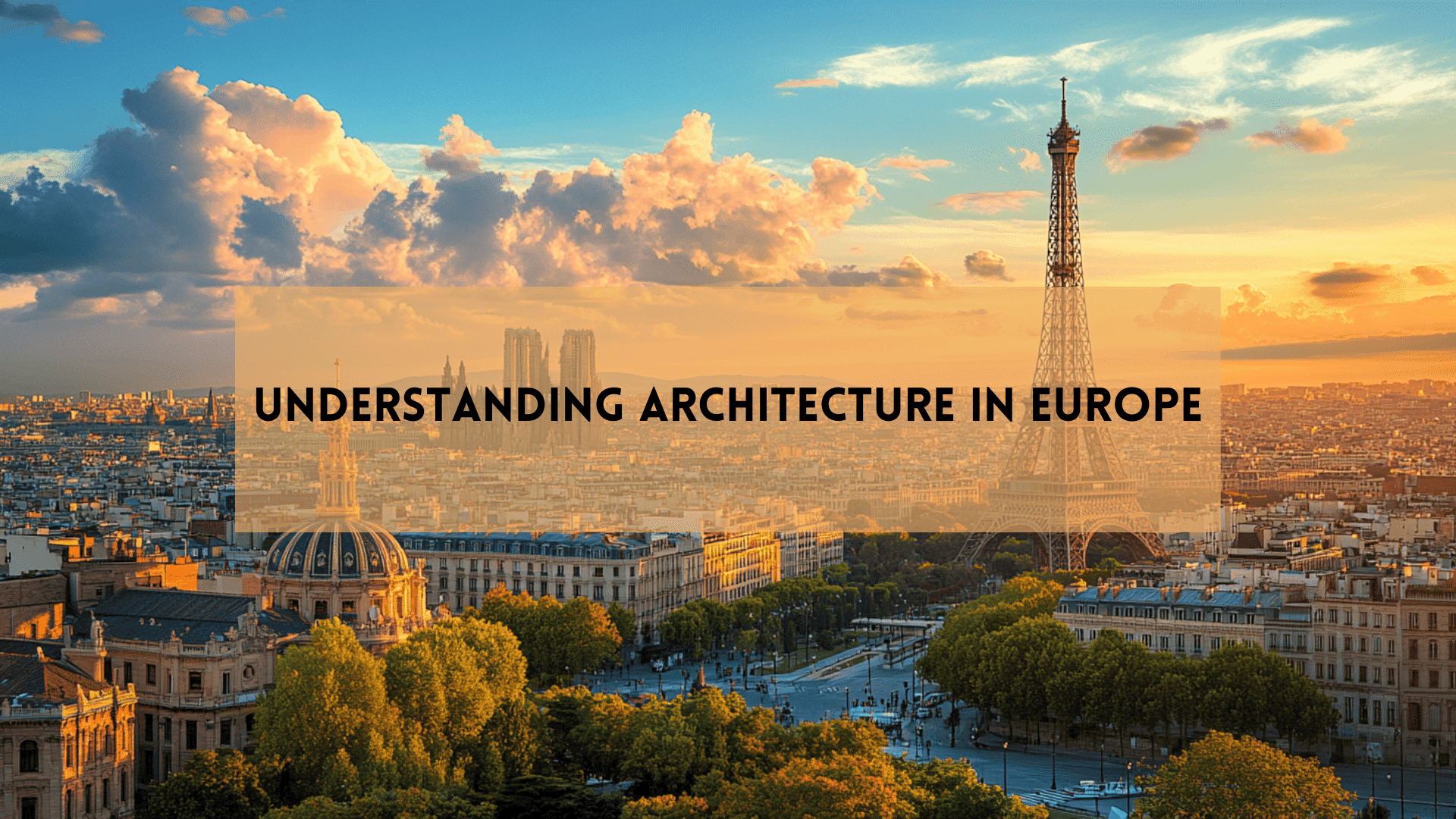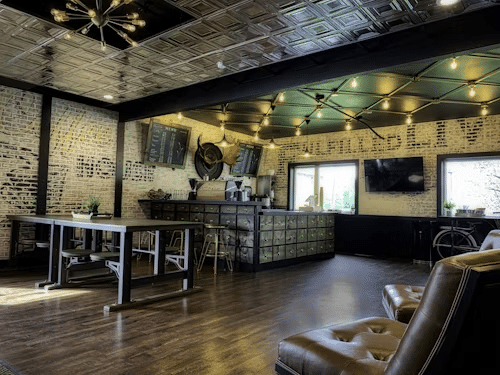Understanding Architecture in Europe: From Ancient to Modern
Europe’s architecture is a mix of the old and the new, with buildings that tell stories from centuries ago and designs that shape the future. From historic cathedrals in Paris to modern skyscrapers in London, Europe’s cities are full of beautiful architecture.
In this blog, we’ll learn about the architectural styles that define the continent, the famous architects who helped shape its skyline, and exciting new projects under construction.
If you love architecture or want to know what’s coming next, this blog will show you what the future of Europe’s cities will probably look like.
Get ready to see how Europe is building the cities of tomorrow, today.
History of Architecture in Europe
The history of architecture in Europe shows how styles have changed over time. Each period brought something new and unique to the way buildings were designed.
Classical architecture started in ancient Greece and Rome. It used symmetry, columns, and stone structures. The Parthenon is a famous example of this style.
Gothic architecture followed in the 12th century. This style is known for its tall spires, pointed arches, and detailed designs. Notre-Dame in Paris is one of the most well-known Gothic buildings.
The Renaissance began in the 14th century. Inspired by classical designs, it focused on balance and proportion. St. Peter’s Basilica in the Vatican is a great example of Renaissance architecture.
Finally, Baroque architecture appeared in the 17th and 18th centuries. It is known for its dramatic, ornate details. The Palace of Versailles is a prime example of Baroque style.
These styles have shaped the buildings we see today and influenced modern design in Europe.
Key Architectural Styles in Europe
Europe has many different architectural styles, each from a different time in history. These styles show how culture, society, and technology have changed over the years.
From ancient buildings to modern designs, each style has shaped the look of Europe’s cities and buildings. Here, we will look at some of the most important and influential styles.
1. Classical Architecture
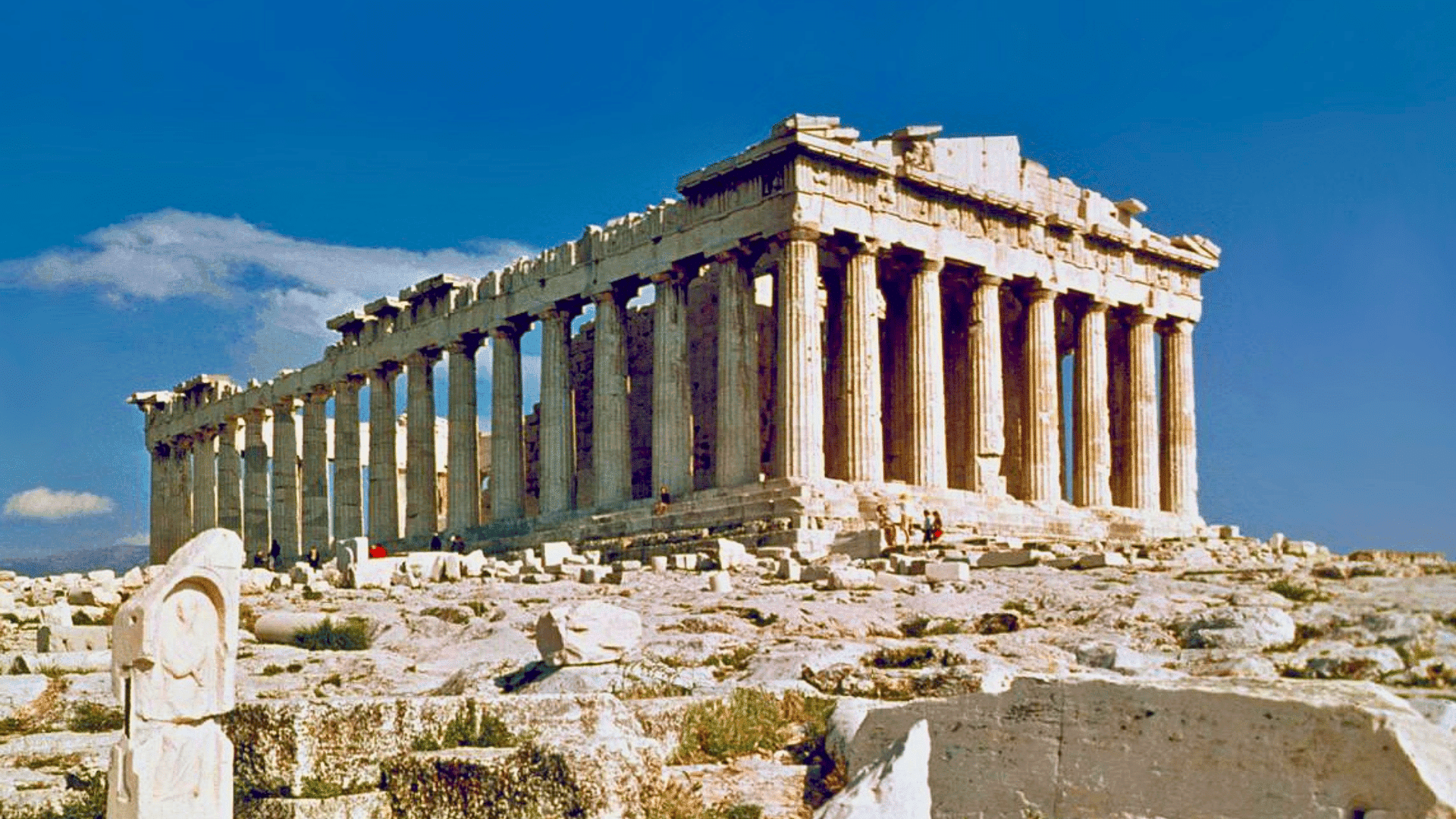
Classical architecture began in ancient Greece and was later adopted by the Romans. It focuses on symmetry, balance, and simplicity.
Greek buildings used columns, such as Doric, Ionic, and Corinthian, to support structures and create harmony. The Romans improved on this style by adding arches and using concrete, which allowed for larger and more durable buildings.
The Parthenon in Athens is a famous example of Greek classical architecture. It showcases the use of Doric columns and balanced design.
The Romans built on these ideas with structures like the Colosseum, which used arches and concrete to create massive, strong buildings.
2. Gothic Architecture
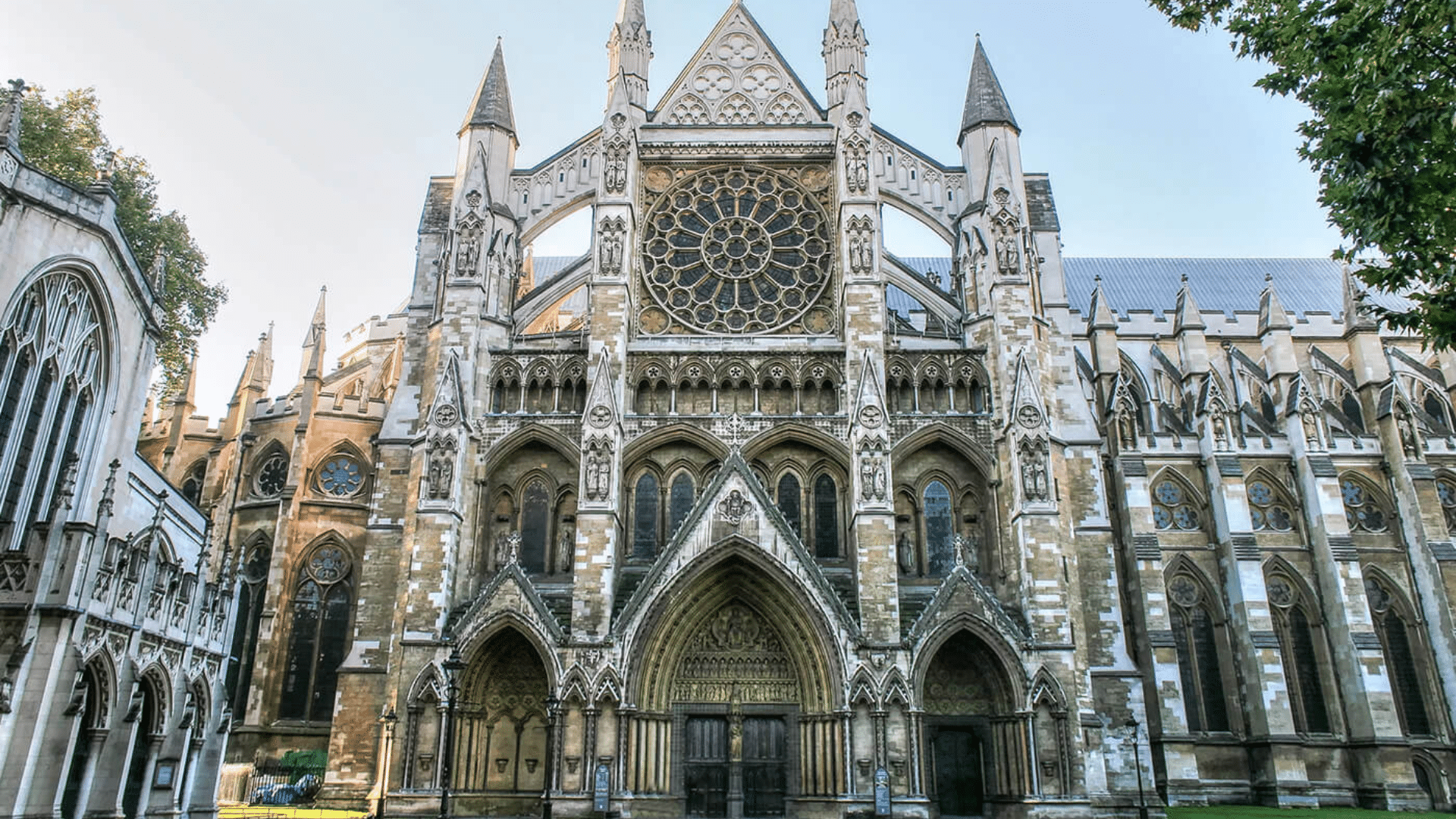
Gothic architecture began in the 12th century and lasted until the 16th century. It is known for tall, pointed arches and flying buttresses that helped support large walls and windows.
Buildings in this style often had high spires and many stained-glass windows. The goal was to make the buildings feel light and open.
Notre-Dame Cathedral in Paris is a famous example of Gothic design. Its tall spires, pointed arches, and colorful stained-glass windows show the beauty of this style.
Gothic architecture focused on making buildings appear to reach toward the sky with intricate details.
The large windows let in beautiful light, adding to the feeling of openness inside.
3. Renaissance Architecture
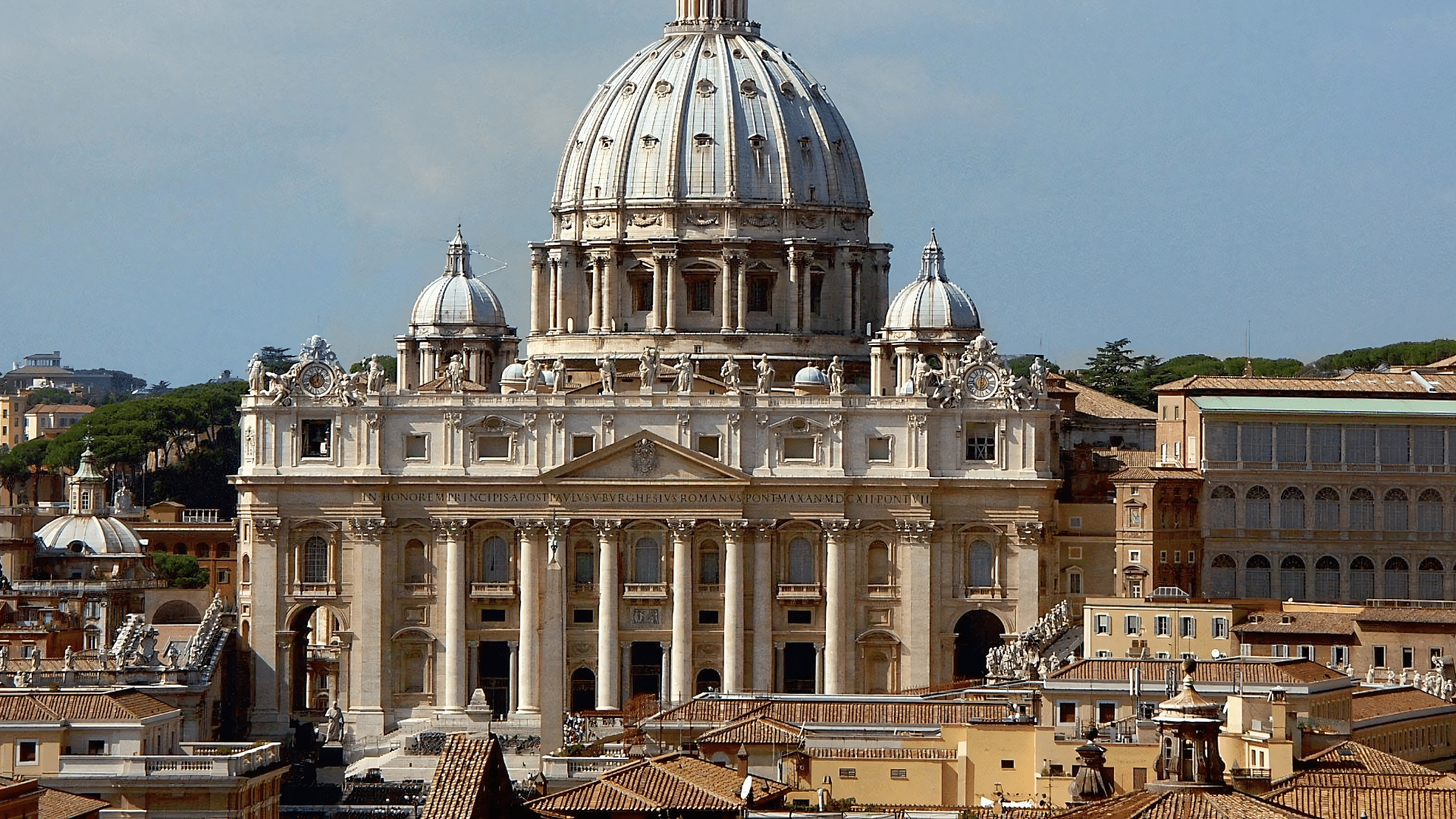
Renaissance architecture started in Italy during the 14th century and spread across Europe. It brought back ideas from ancient Greece and Rome, such as symmetry, balance, and columns.
Buildings from this time had clear, simple designs that focused on proportion and harmony. St. Peter’s Basilica in Vatican City is a great example of this style.
The grand dome, designed by Michelangelo, and the balanced layout reflect the influence of classical architecture.
Renaissance architecture emphasized beauty through order and structure, bringing a sense of calm and elegance to buildings.
It marked a return to the ideals of ancient civilizations, blending art, science, and architecture in new, exciting ways.
4. Baroque Architecture
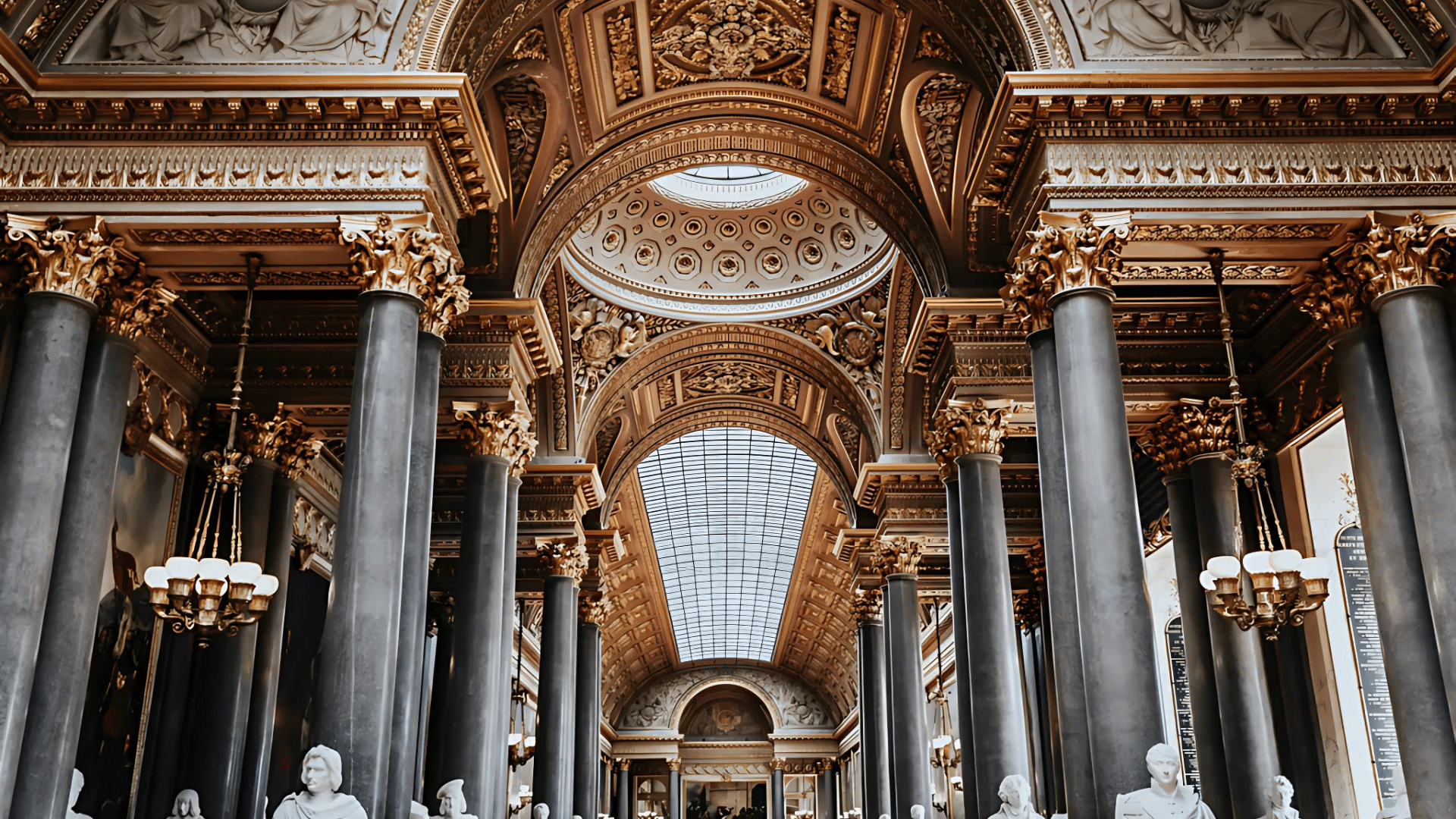
Baroque architecture began in the 17th century and lasted until the mid-18th century. It is known for its dramatic, fancy designs and large, bold spaces.
Buildings from this time often featured curved lines, large columns, and lots of decoration. The goal was to impress and showcase wealth and power.
The Palace of Versailles in France is one of the best examples. Its grand rooms and stunning gardens reflect the bold style of Baroque architecture.
The use of intricate details, expansive spaces, and impressive decoration was meant to leave visitors in awe.
Baroque architecture symbolized the power of monarchs and the church, often built to show their dominance and wealth.
5. Neoclassical Architecture
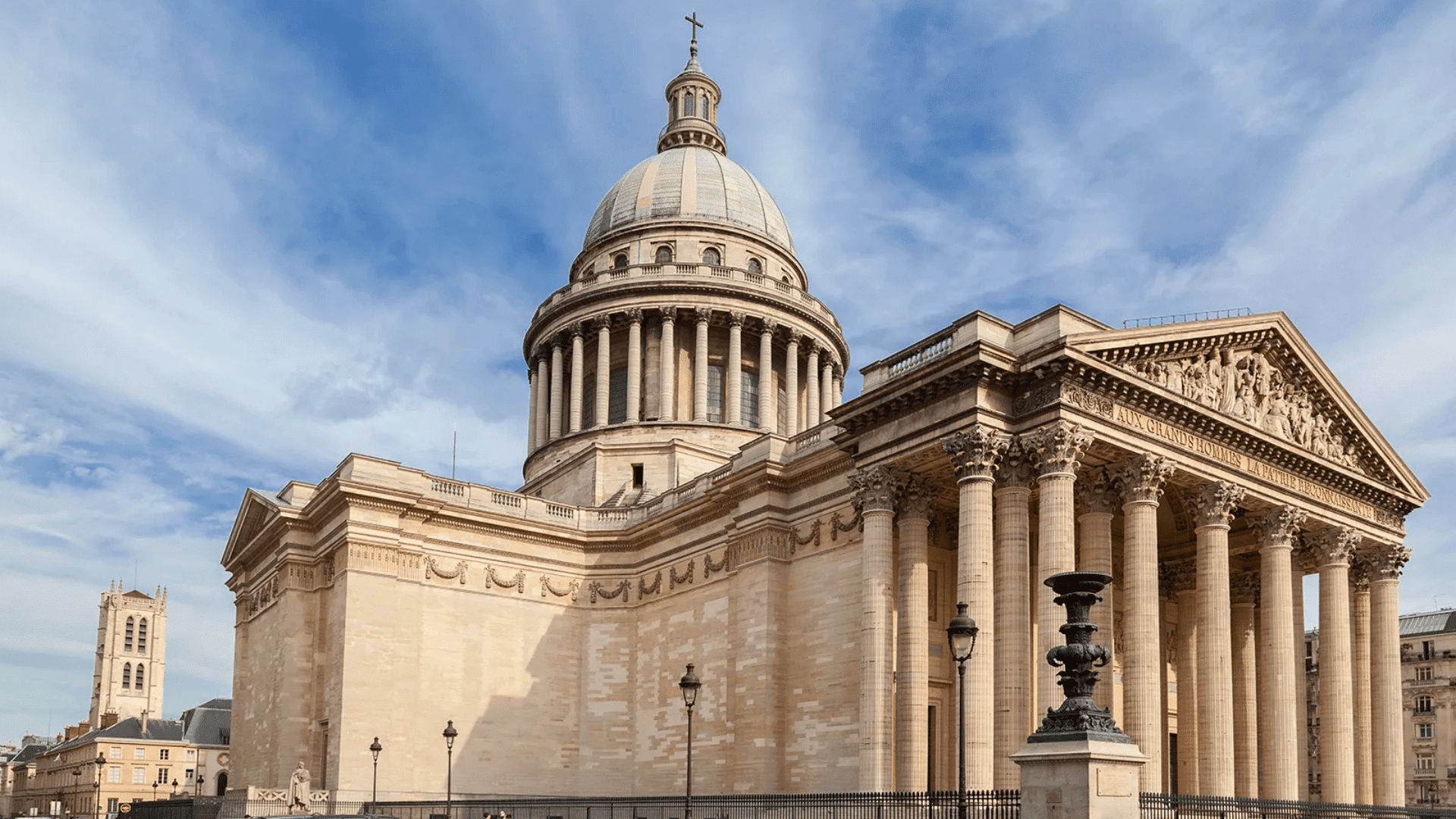
Neoclassical architecture brought back the clean, simple designs of ancient Greece and Rome. It focused on columns, domes, and symmetry.
Buildings in this style were meant to look strong and lasting. The Pantheon in Paris is a great example of neoclassical design.
Its large columns and massive dome show the balance and strength that define the style.
The use of symmetry and simplicity made these buildings feel timeless and grand.
Neoclassical architecture became popular for government buildings and monuments as it symbolized power and stability.
6. Victorian Architecture
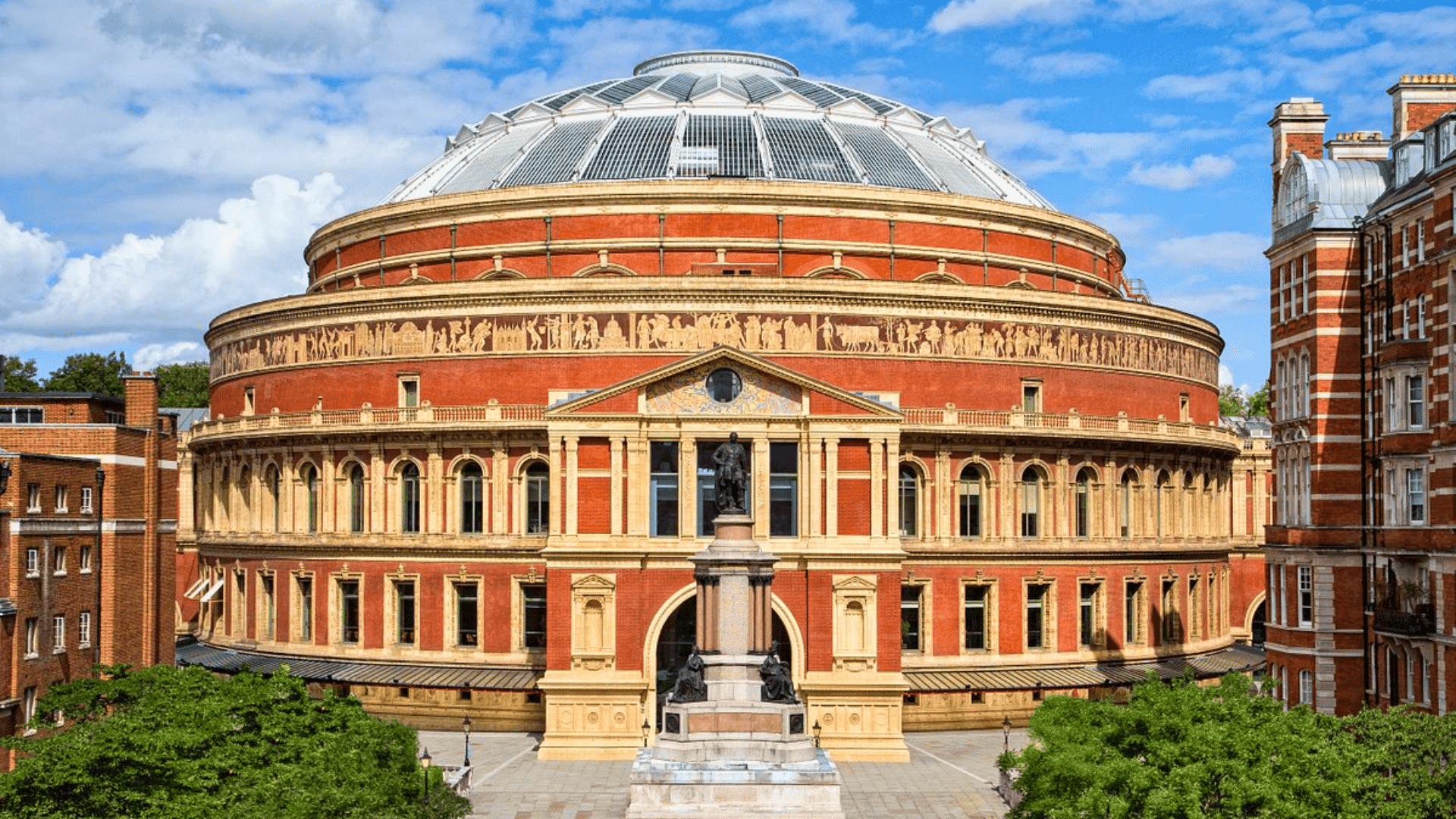
Victorian architecture includes different styles from the 19th century, like Gothic Revival and Italianate. It’s known for its detailed designs and complex shapes.
Victorian buildings often had decorative woodwork, steep roofs, and bay windows, making them stand out. This style grew with the wealth and new technologies of the time.
The Royal Albert Hall in London is a famous example. Its domed roof and detailed design show the ornate style of the Victorian era.
The hall’s round shape and use of terracotta highlight the grandeur of Victorian architecture.
Victorian buildings also influenced many homes and public buildings, with features like patterned brick, detailed moldings, and big arches.
7. Modernist Architecture
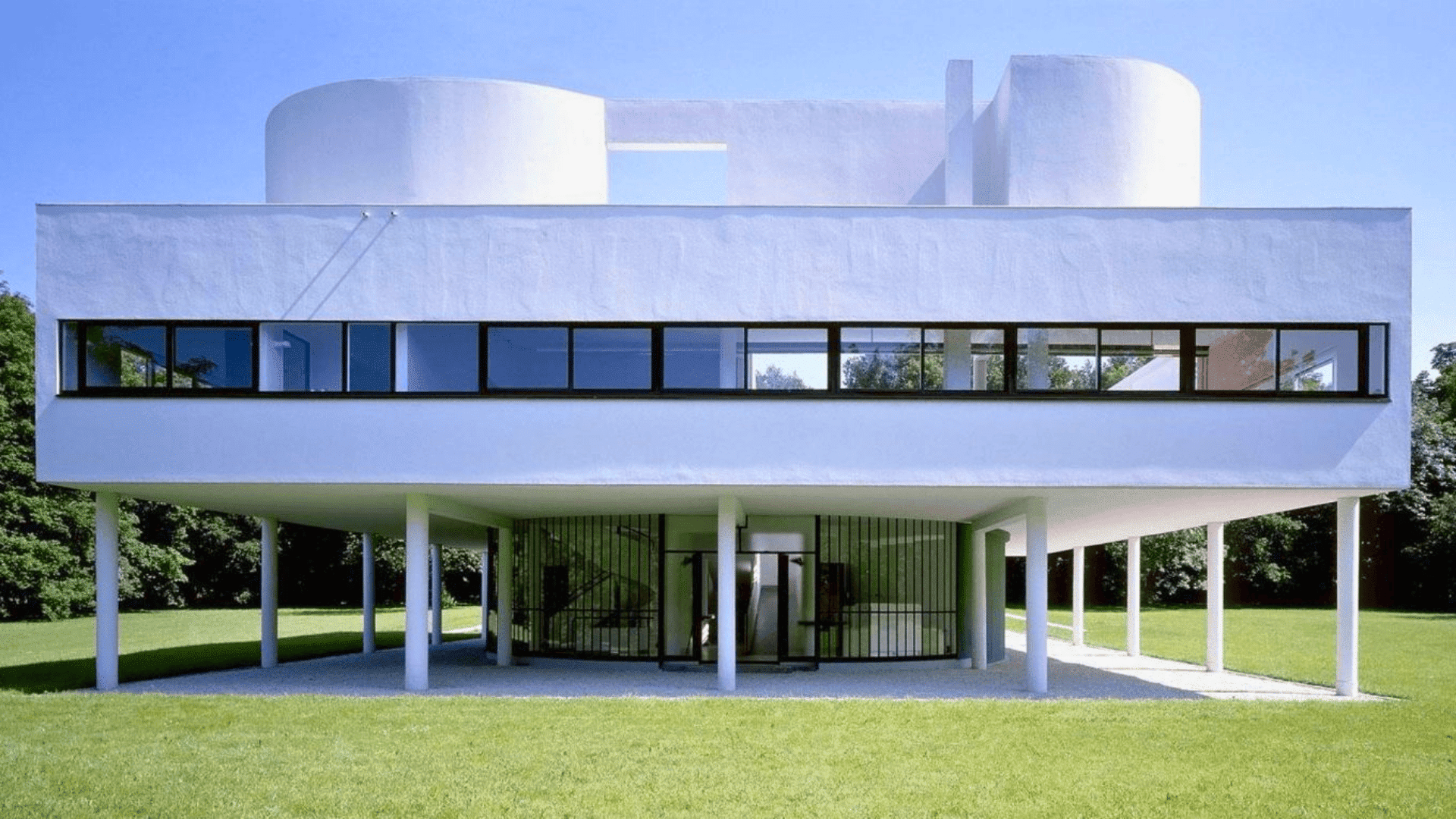
Modernist architecture started in the early 20th century as a break from older, detailed designs. It focused on simplicity, function, and using new materials like steel, glass, and concrete.
This style emphasized clean lines and open spaces. Buildings were meant to be practical, with large windows to let in natural light.
The design often had open floor plans to create a sense of freedom and remove unnecessary decoration.
Villa Savoye in Poissy, France, is a great example of modernist architecture. Designed by Le Corbusier, it has a simple look with slender columns that lift the building off the ground.
The flat roof and open spaces inside focus on practicality and modern living. Villa Savoye shows how modernist design blends simplicity and innovation.
Famous European Buildings and Landmarks
Europe is home to some of the most iconic and stunning buildings in the world. From ancient landmarks to modern masterpieces, each structure tells a story of its city’s history and culture. These buildings are known worldwide for their beauty and historical significance.
1. Eiffel Tower (Paris, France)

The Eiffel Tower is one of the most iconic landmarks in the world. It was designed by French engineer Gustave Eiffel and constructed for the 1889 World’s Fair in Paris, which celebrated the 100th anniversary of the French Revolution.
Standing at 330 meters (1,083 feet), it was the tallest man-made structure in the world until 1930. The tower is made of iron and consists of over 18,000 individual parts, making it a remarkable feat of engineering.
Significance: Originally planned as a temporary structure, the Eiffel Tower was nearly demolished after the World’s Fair. However, it was saved due to its usefulness as a radio tower.
Since then, it has become a symbol of France and continues to be a major tourist attraction. The Eiffel Tower’s role in communications and its impact on modern architecture reflect its lasting significance.
2. Colosseum (Rome, Italy)
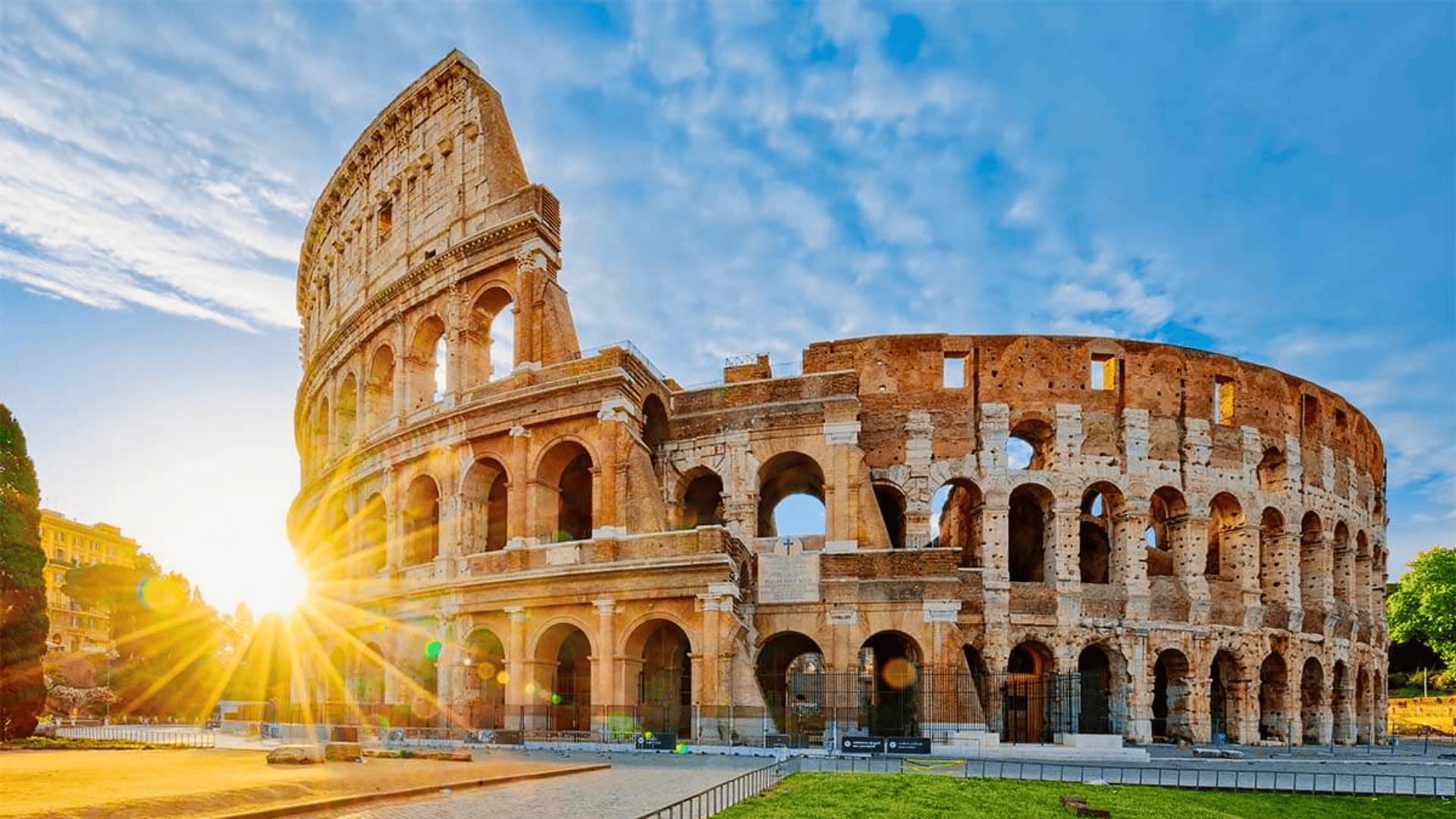
The Colosseum in Rome, also known as the Flavian Amphitheater, was commissioned by Emperor Vespasian in 70 AD and completed by his son, Titus, in 80 AD.
Built from concrete and stone, it could hold up to 80,000 spectators and was used for gladiatorial contests, animal hunts, and other public spectacles. Its design includes four levels of seating, with the best seats reserved for the elite.
Significance: Historically, the Colosseum symbolizes the power and engineering prowess of the Roman Empire. It was the center of entertainment, where combatants fought in brutal battles for public amusement.
Today, the Colosseum stands as a symbol of Rome’s legacy, attracting millions of visitors and representing the grandeur of ancient Roman culture.
3. Sagrada Familia (Barcelona, Spain)
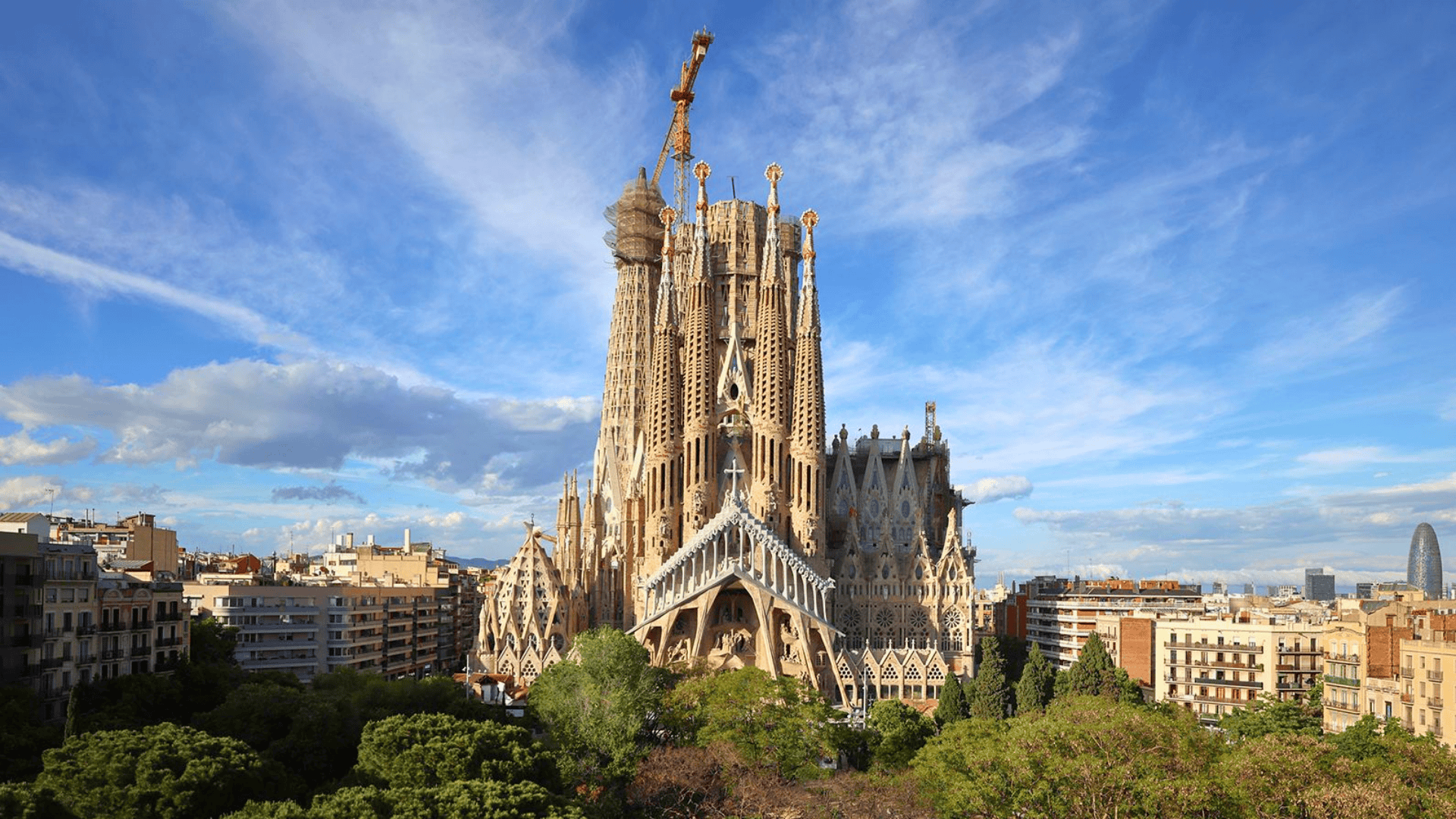
Designed by Antoni Gaudí, the Sagrada Familia in Barcelona is one of the most famous examples of modernist architecture. Construction began in 1882, and although Gaudí passed away in 1926, work continues to this day.
The basilica is renowned for its intricate facades, organic shapes, and detailed sculptures, all of which reflect Gaudí’s unique style, which was influenced by nature and his deep religious devotion.
Significance: The Sagrada Familia is historically significant as a symbol of both religious devotion and architectural innovation. Its innovative design, including its towering spires and naturalistic forms, challenges traditional religious architecture.
Once completed, it will be the tallest church building in the world, standing as a testament to Gaudí’s vision and the ongoing efforts to finish his masterpiece
4. Atomium (Brussels, Belgium)
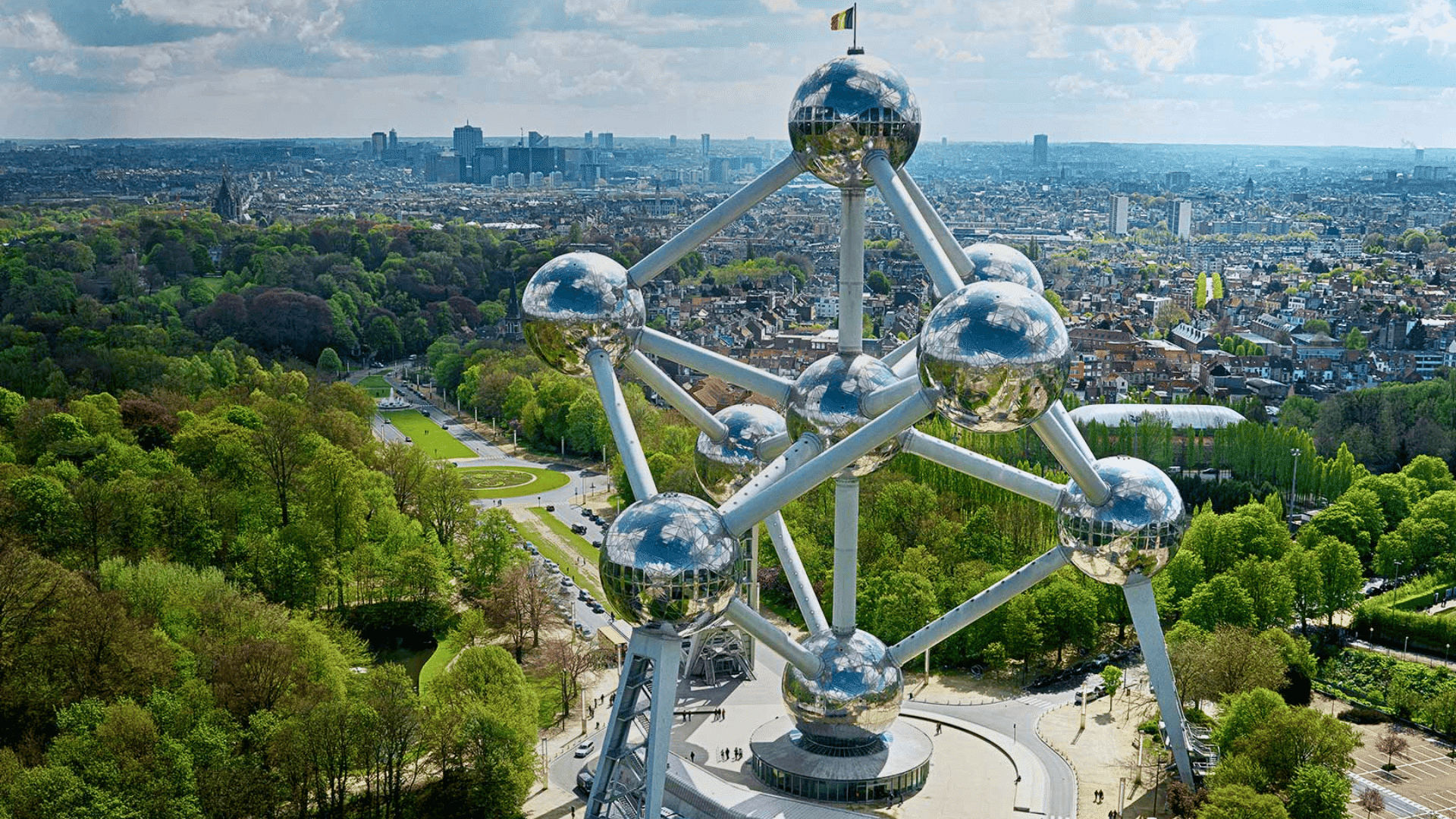
A unique structure made up of nine large spheres, the Atomium in Brussels was built for the 1958 Brussels World’s Fair. Designed by engineer André Waterkeyn, the monument stands 102 meters tall and represents an iron crystal magnified 165 billion times.
Significance: The Atomium symbolizes the optimism of the 1950s and the belief in progress and science. It reflects the post-war era’s focus on innovation, technology, and the future.
The design showcases the possibilities of modern engineering and serves as a lasting reminder of the era’s vision for a brighter, more advanced world.
5. Vyšehrad (Prague, Czech Republic)
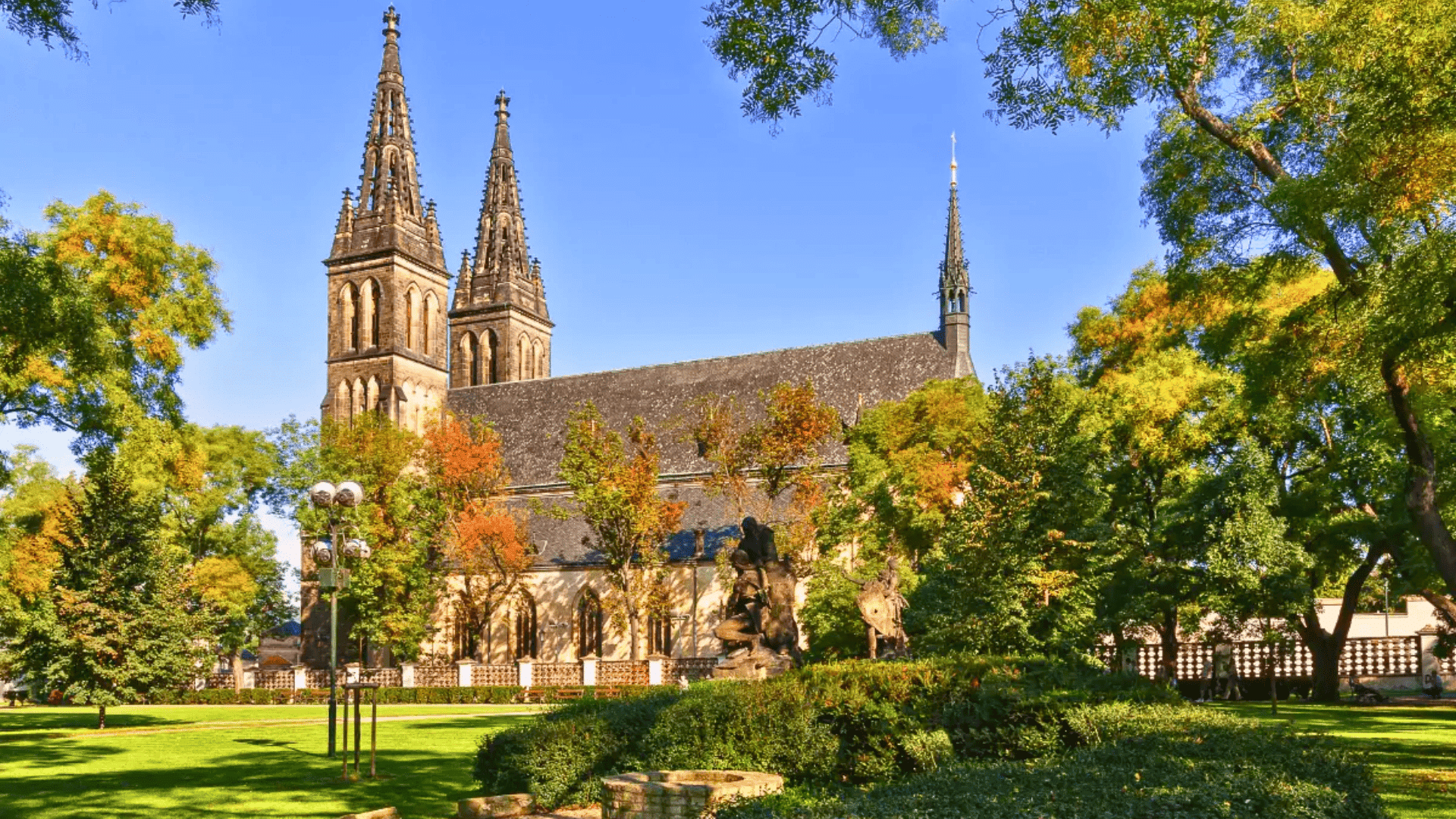
Vyšehrad is a historic fort located on a hill overlooking the city of Prague. Dating back to the 10th century, it offers stunning views of the Vltava River and the city below.
The fort complex includes beautiful churches, such as St. Peter and Paul Basilica, and well-kept gardens, making it a peaceful escape from the bustling city.
Significance: Vyšehrad represents Czech history and offers a glimpse into medieval Prague. It played a key role in the early history of the city and was once the seat of the Bohemian kings.
Today, it stands as a symbol of Prague’s rich cultural and architectural heritage.
6. Hundertwasserhaus (Vienna, Austria)
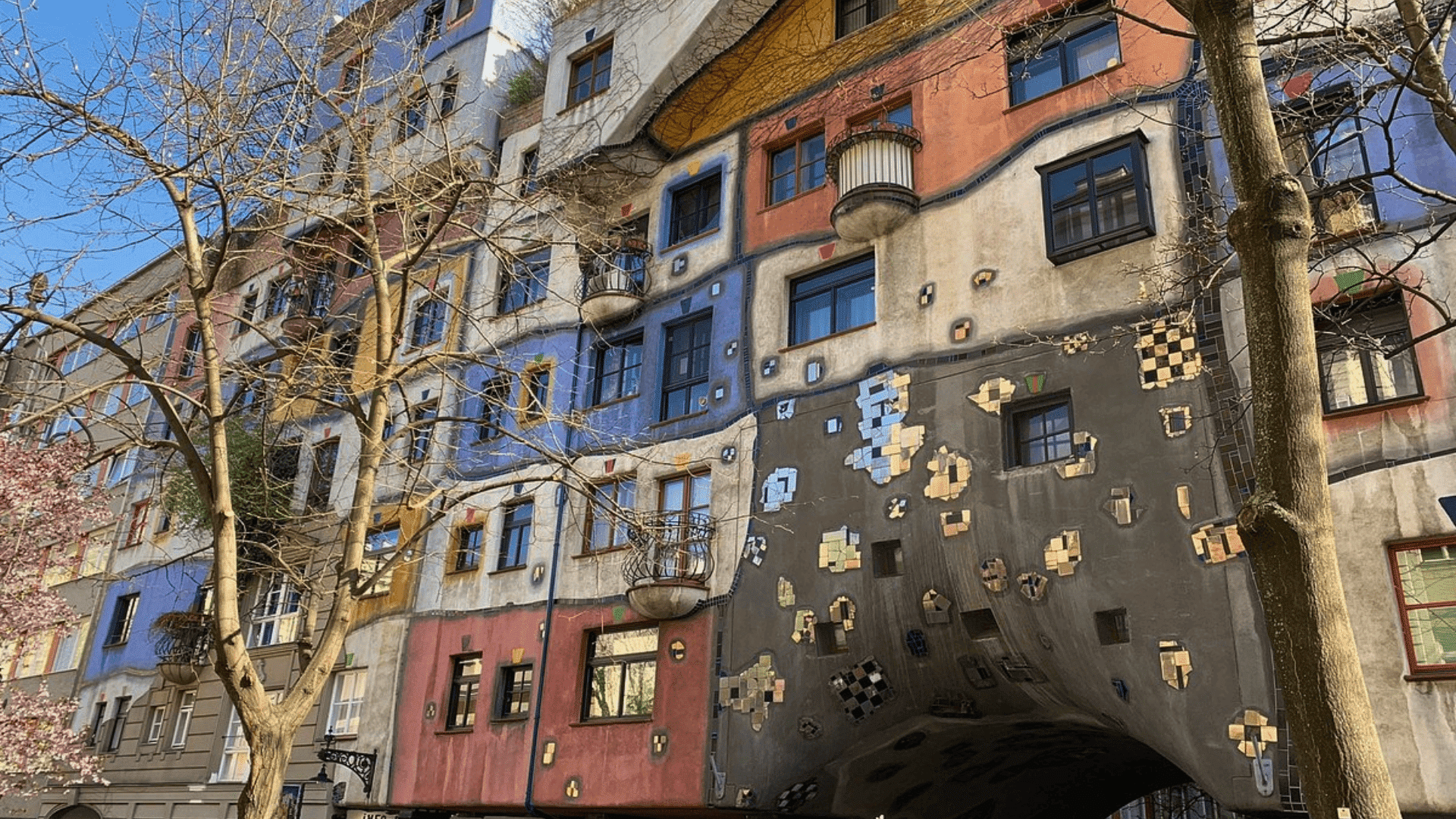
Hundertwasserhaus is a colorful apartment building in Vienna designed by the artist Friedensreich Hundertwasser.
Completed in 1986, the building is known for its unique, irregular shapes and vibrant colors, which stand in stark contrast to traditional architectural styles.
It features uneven floors, a variety of window shapes, and a grass-covered roof, all contributing to its whimsical, organic design.
Significance: Hundertwasserhaus celebrates creativity and ecological design. It reflects Hundertwasser’s belief in blending nature with architecture and his rejection of straight lines.
The building symbolizes artistic freedom and environmental awareness, showcasing the possibilities of sustainable and imaginative design.
The Role of Architects in Shaping European Cities
Architects have played a crucial role in shaping Europe’s cities—their creative visions shape cityscapes, blending history with modernity. From iconic buildings to urban planning, their work influences both local and global architecture.
Famous European Architects and Their Legacy
Several architects have left lasting impacts on European architecture, influencing styles and city designs across the globe.
- Antoni Gaudí (Spain): Known for his unique designs, Gaudí’s work in Barcelona, like the Sagrada Familia, blends organic forms and vibrant colors, reshaping modernist architecture.
- Le Corbusier (France/Switzerland): A pioneer of modern architecture, Le Corbusier’s focus on functionality and clean lines revolutionized urban planning and building design globally.
- Zaha Hadid (Iraq/UK): Famous for futuristic, fluid shapes, Hadid’s innovative buildings, like the Heydar Aliyev Center, challenge traditional architectural forms.
- Ludwig Mies van der Rohe (Germany/USA): A leader in modernism, Mies van der Rohe’s minimalist style and use of steel and glass, seen in the Barcelona Pavilion, redefined architectural simplicity.
These architects’ philosophies continue to influence cities and architectural trends around the world.
Modern European Architecture Schools
European architecture schools remain influential in shaping global architectural trends. They offer world-class programs that foster innovation in design and urban planning.
- The Architectural Association (London, UK): One of Europe’s top schools, known for its contemporary approach and for producing influential architects.
- Politecnico di Milano (Milan, Italy): A leading institution that blends traditional architectural education with modern design technology.
- ETH Zurich (Zurich, Switzerland): Known for its emphasis on sustainability, ETH Zurich sets trends in architecture and urban development.
These schools help shape the future of architecture and continue to influence global design practices.
Regional Architectural Differences Within Europe
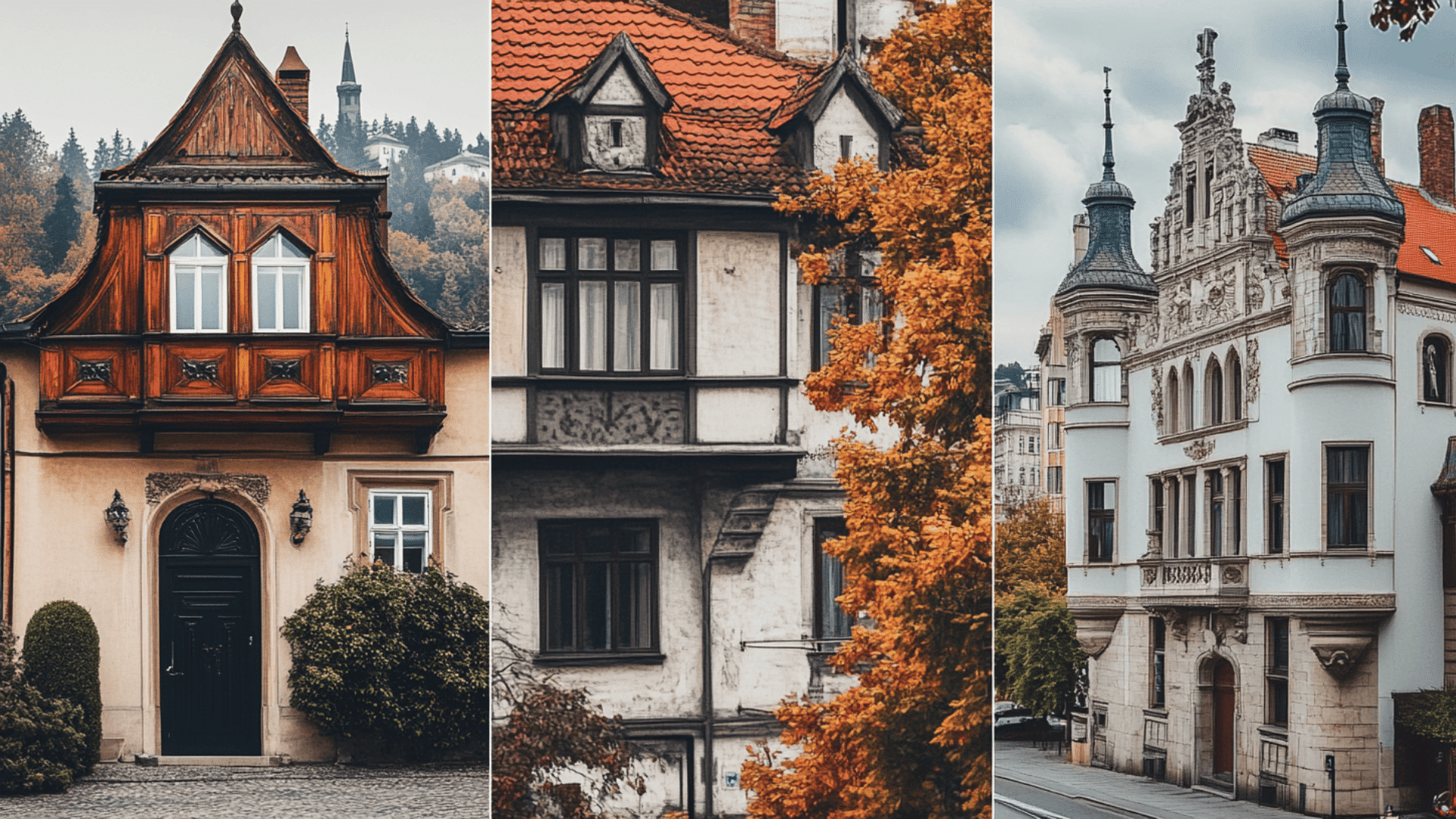
Europe is full of unique architectural styles shaped by geography, history, and culture. The north, south, and east each have their own designs that reflect how people live.
In places like Sweden, Norway, and Denmark, buildings focus on clean, minimalist designs that use natural materials like wood and stone. Large windows are common, letting in natural light and blending with the surroundings.
In the Mediterranean, including Spain, Italy, and Greece, buildings are designed to stay cool in the sunny climate. Terracotta roofs, arches, and courtyards help keep the heat out while whitewashed walls reflect the sun.
Eastern Europe blends Soviet-era buildings with Byzantine influences and modern designs. Cities like Budapest, Warsaw, and Prague showcase a mix of old and new, reflecting the region’s rich, diverse history.
Sustainability in European Architecture
Europe is focusing more on sustainable architecture as cities grow and environmental concerns rise. This includes designing new buildings with sustainability in mind and retrofitting older buildings to meet modern standards.
Many European cities are adopting green architecture to reduce energy use and environmental impact. Buildings like The Edge in Amsterdam use energy-efficient systems, solar panels, and sustainable materials.
Bosco Verticale in Milan, the Vertical Forest, features plants on balconies to improve air quality and reduce the urban heat island effect.
Europe is also working to preserve its historical buildings while making them more eco-friendly. Cities like Berlin and Barcelona are retrofitting old buildings with energy-saving features like better insulation, solar power, and rainwater collection systems.
These efforts show that sustainability and preservation can go hand-in-hand.
The Future of European Architecture
The future of European architecture is full of exciting possibilities. New trends are shaping how cities will look and how we live in them.
In the 21st century, European architecture is all about new technology and materials. Digital architecture is making designs smarter and more efficient.
Smart cities are becoming a reality, with buildings that are more energy-efficient, connected, and sustainable.
Europe is at the forefront of these changes. Projects like The Circle in Geneva, with its futuristic design, and The Shard in London, are examples of how modern architecture is changing city skylines.
These buildings are not just about looks—they’re also about creating spaces that work better for the people who use them.
Upcoming architectural projects in Europe:
-
Sagrada Familia (Barcelona): It has been under construction for over 100 years. Designed by Antoni Gaudí, it is known for its unique and organic design and is expected to be completed soon.
-
Grand Paris Project: Aims to modernize Paris with new parks, improved transportation, eco-friendly buildings, and a focus on sustainability and urban renewal.
Conclusion
Architecture in Europe is a blend of the past and the future. From ancient buildings to modern designs, Europe’s cities are full of unique architectural styles that keep evolving.
As we’ve seen, new projects and architects are shaping the future, mixing sustainability with the latest technology. If you love old landmarks or futuristic buildings, architecture in Europe has something to inspire you.
Want to learn more about the latest trends and projects? Visit our website for more updates on Europe’s changing cityscapes and see what’s coming next!

